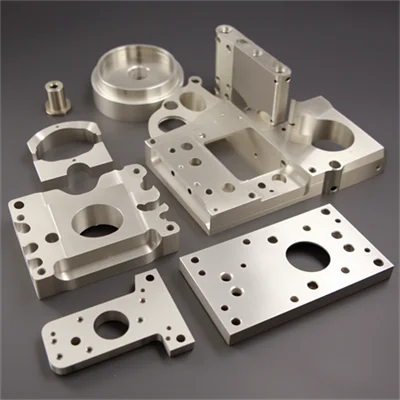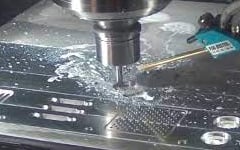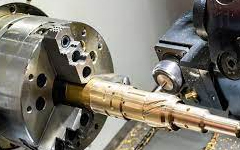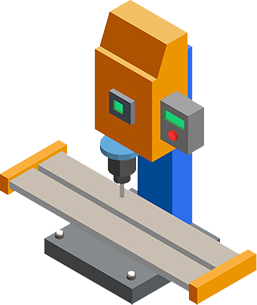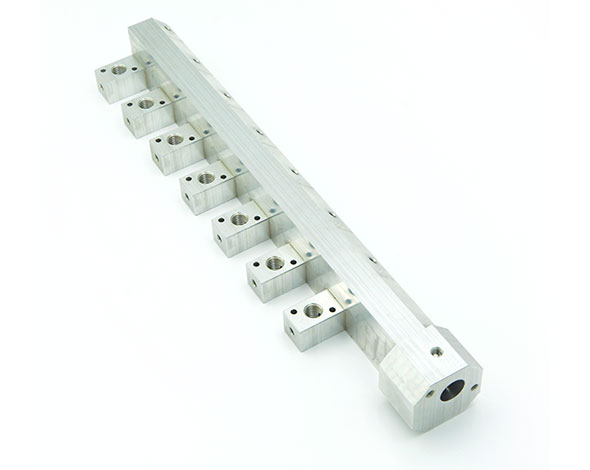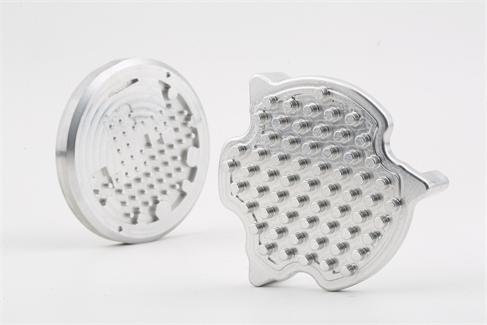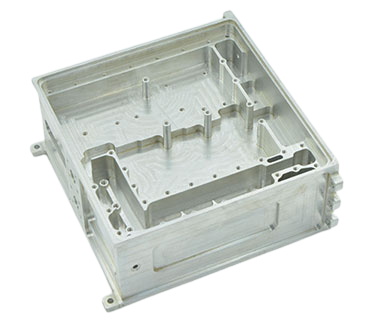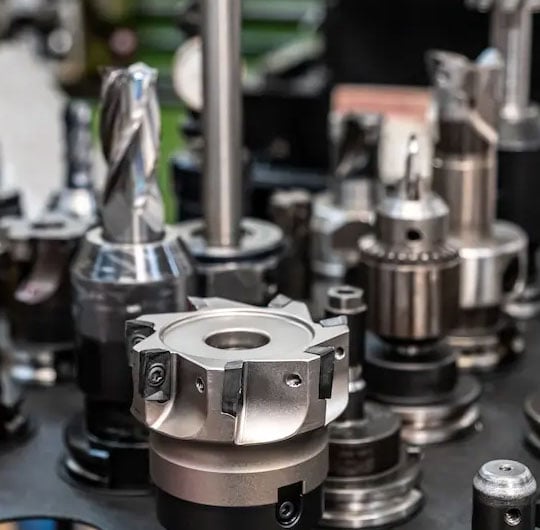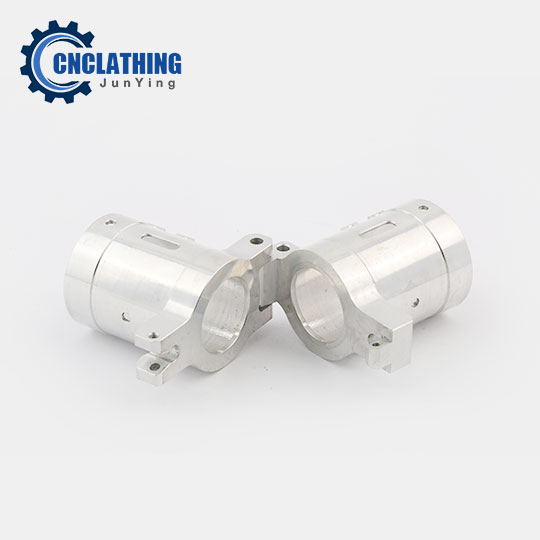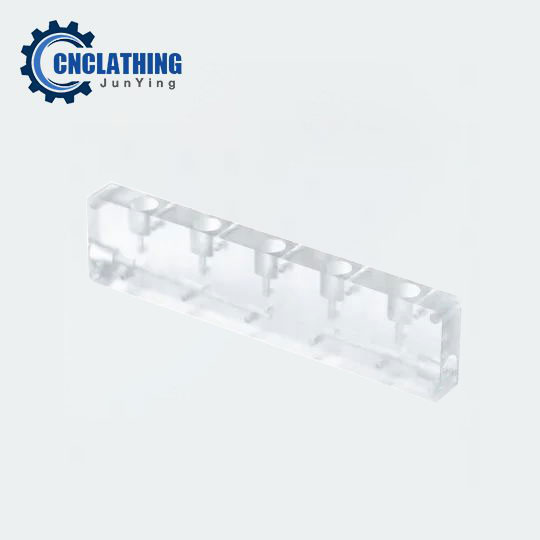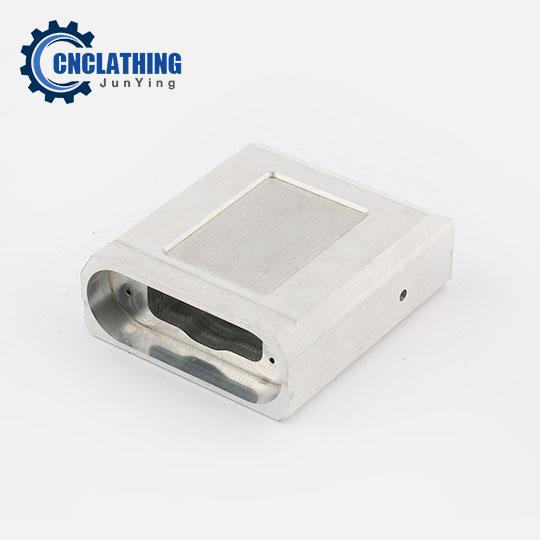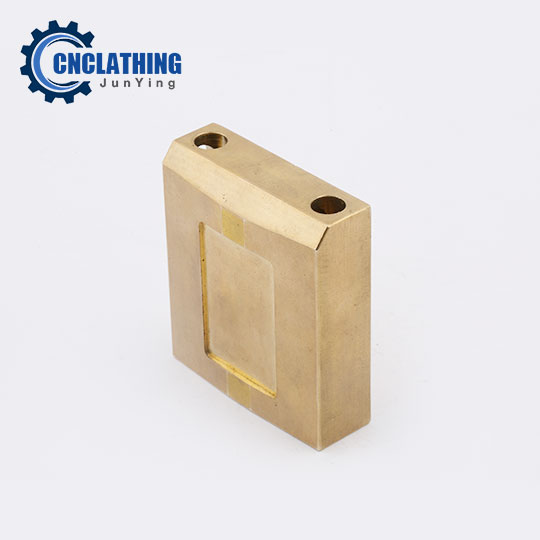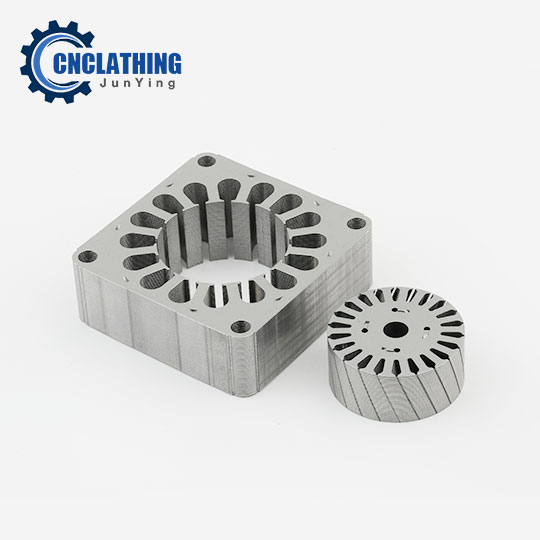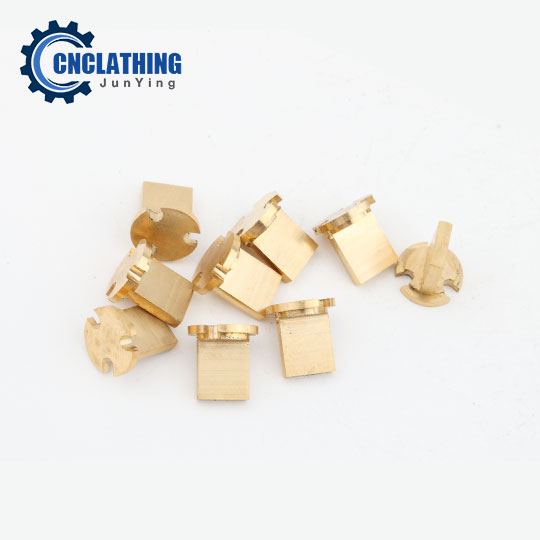A milling machine consists of different components, which enable it to perform the desired operation smoothly and accurately.
– Control panel: the interface where the operator enters the instructions for the milling machine to control the different cutting operations, it usually contains a CNC monitor, keyboard, and other input devices.
– Spindle: the rotating component that holds the cutting tool, the shaft of the spindle is where the tool is attached, the spindle is driven by a motor and can rotate at various speeds to accommodate different types of cutting tools. The spindle can be vertically or horizontally positioned.
– Worktable: the flat surface on which the workpiece is placed. The worktable can be moved in various directions by the CNC milling machine to position the workpiece for cutting.
– Column: holds together the entire assembly to offer mechanical strength to the mill.
– Saddle: located under the worktable for support and movement to the table in parallel to the spindle axis.
– Axes: CNC milling machines typically have three or more axes, which are used to control the movement of the cutting tool and workpiece. The most common axes are X, Y, and Z, which correspond to horizontal, vertical, and depth movements, respectively.
– Coolant system: used to deliver coolant to the cutting area to prevent overheating and prolong the life of the cutting tool.
– Tool holder: used to mount the cutting tools in the machine, available in various sizes, systems, and specifications, common types including BT 30, BT 40, and BT 50.



